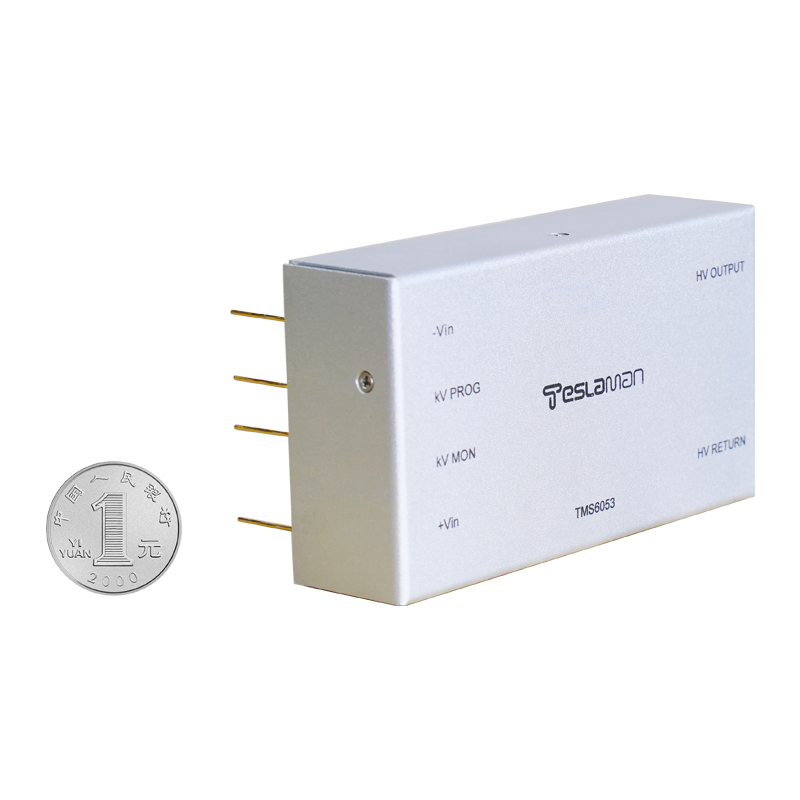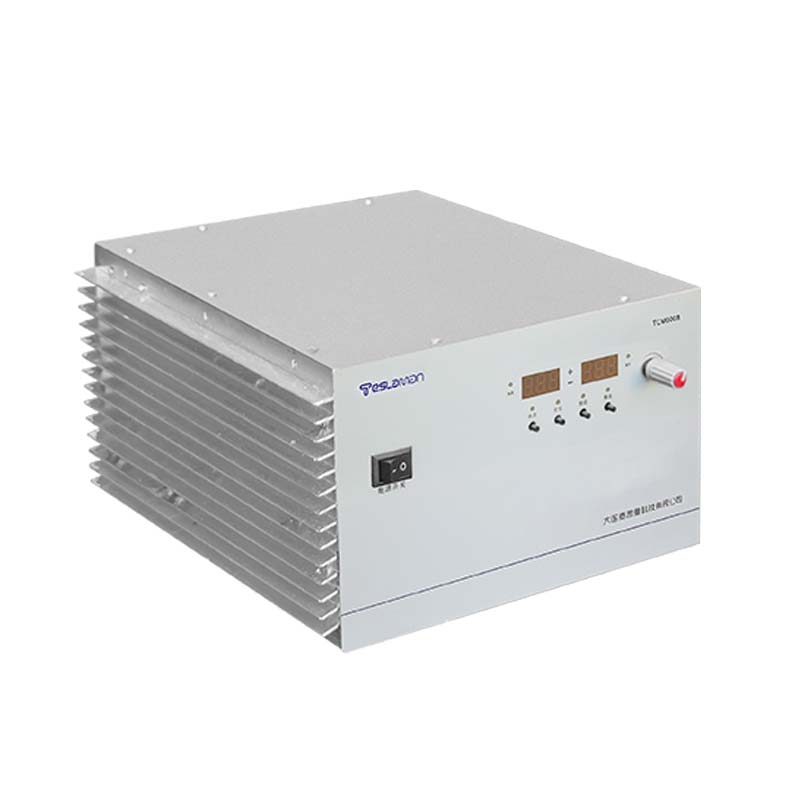Proteomics Analysis by Coupling High-Pressure Electrophoresis and Mass Spectrometry
With the deepening of life science research, comprehensive analysis and quantitative detection of the proteome have become the key to understanding biological system functions. As a rapid and efficient protein separation technology, high-pressure electrophoresis separates different proteins on gels by applying a high-voltage electric field, which can effectively isolate complex protein combinations in cells or tissues. However, high-pressure electrophoresis technology itself has difficulty in quantifying and identifying proteins. Mass spectrometry has the capabilities of high sensitivity and accuracy in protein detection, and can provide information on protein mass and structure. The combination of high-pressure electrophoresis and mass spectrometry takes advantage of both technologies to achieve high-throughput detection of complex protein samples.
A typical workflow of high-pressure electrophoresis coupled with mass spectrometry is: First, high-pressure electrophoresis is utilized to separate the protein samples. Then, in-gel digestion is performed on proteins at specific locations to generate representative peptides. Finally, liquid chromatography-mass spectrometry is used to separate and analyze the enzymatic products to obtain proteomic information. This technology combines the high efficiency of electrophoretic separation of proteins by high-pressure electrophoresis and the advantage of mass spectrometry in providing protein sequence information. Based on these technological strengths, the coupling of high-pressure electrophoresis and mass spectrometry has become an important technical approach for proteomics research.
Currently, the combined use of high-pressure electrophoresis and mass spectrometry has been widely applied in comparative proteomic expression analysis, quantitative proteomics research, elucidation of protein modifications and interactions, etc. For example, comparing the proteomic differences between normal and diseased cells can reveal potential diagnostic markers for diseases; quantitative analysis of the relative abundance changes of proteins in cells under different treatments or time points can uncover the regulatory mechanisms of protein expression in biological processes; characterization of protein post-translational modifications in proteomic samples can lead to more in-depth understanding of structure-function relationships of proteins.
Although the high-pressure electrophoresis-mass spectrometry technology provides a high-throughput and high-precision platform for proteomics research, this technology also faces some challenges. For instance, there could be protein loss in sample processing, reproducibility and standardization issues in electrophoresis, which will affect the accuracy of quantification results. Data analysis and statistical processes also need continuous optimization. Hence, the persistent improvement of related technologies and the development of new methods remain hot research topics in this field. Looking ahead, high-pressure electrophoresis-mass spectrometry will exert greater potential to propel proteomics research to deeper levels, benefiting life science and biomedicine.




















